March 4, 2023
The Honorable Debra Haaland, Secretary
United States Department of the Interior
1849 C Street, NW
Washington, DC 20240
Dear Secretary Haaland,
Thank you for your thoughtful consideration of the proposed Willow Master Development Project (Willow). We are writing to emphasize the problems with the consultation process and the mitigation measures identified in the Willow final Supplemental Environmental Impact Statement (SEIS), and to explain why the administration must deny any version of the proposed project. We write in our individual capacities, based on our experience with this process.
This is not the first time we have explained why these measures are inadequate. But as the City of Nuiqsut and Native Village of Nuiqsut noted in their recent cooperating agency comments to BLM, none of their input or concerns about these measures were documented in the preliminary SEIS. We are disappointed but not surprised to see that BLM has once again ignored their input and comments on the preliminary document and appears to have made no additional changes in response to their concerns before the release of the SEIS. It seems that despite its nod to traditional ecological knowledge, BLM does not consider relevant the extensive knowledge and expertise we have gained over millennia, living in a way that is so deeply connected to our environment.
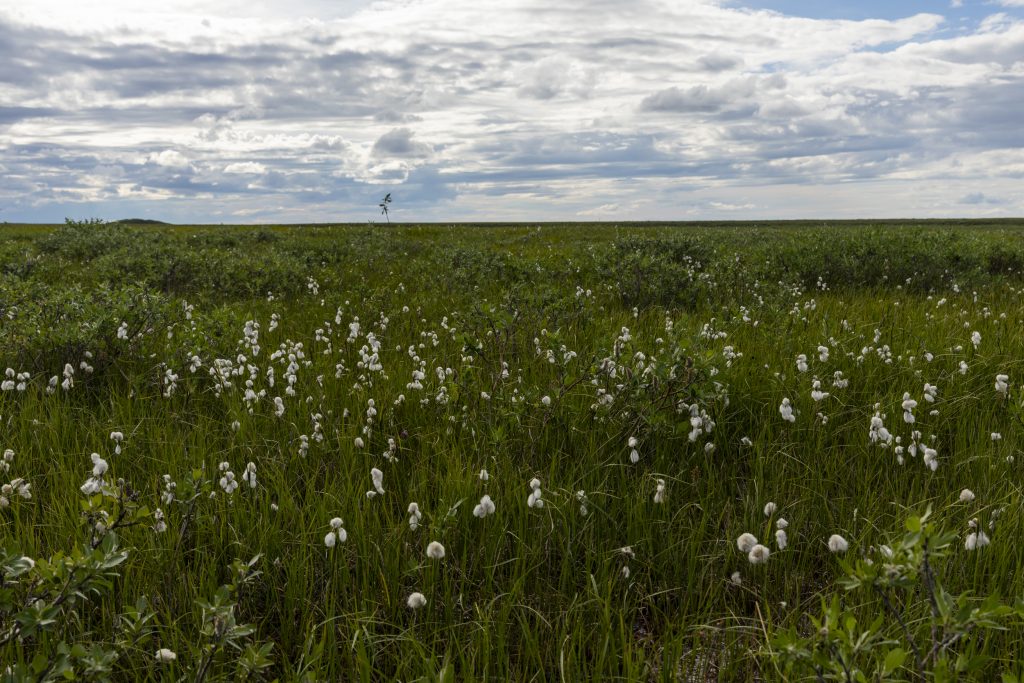
The long list of mitigation might look impressive to politicians and government decisionmakers. To us, it is an attempt to break the importance of our life and culture into fragments that are each a mere technical problem to be solved so the project can go forward. BLM does not look at the harm this project would cause from the perspective of how to let us be us – how to ensure that we can maintain our culture, traditions, and our ability to keep going out on the land and the waters.
BLM’s narrow focus on justifying why the project should go forward subverts any meaningful discussion or consideration of why the No Action Alternative should be selected. This was true in the context of the frame the agency applied to every single one of our cooperating agency consultations, and may also be true for a Record of Decision that points to a long list of new measures that promise to make this project acceptable. Each measure is framed as an argument to let the project go forward and represents a monumental misunderstanding about what is required for us to survive.
At a minimum, we request a delay in the release of the record of decision until BLM can engage with the City and Native Village of Nuiqsut meaningfully regarding mitigation to protect our health and subsistence way of life.
I. The consultation process has been deeply disappointing and contrary to the administration’s obligations for Tribal consultation and to consider Indigenous Knowledge
The City and Native Village of Nuiqsut have provided input to BLM throughout the cooperating agency process which BLM has completely failed to acknowledge. As BLM states, during the cooperating agency process we met for many days to discuss our concerns with BLM about the impacts of the project. BLM presented the City and Native Village of Nuiqsut with a list of “cooperating agency suggested mitigation measures,” but none of these were measures Nuiqsut suggested. The City and Native Village explained extensively why the measures would be ineffective and would not achieve their intended purpose. Yet, the draft SEIS did not mention the information provided. Instead, the draft SEIS simply listed the mitigation measures in an appendix, without any discussion whatsoever.
The life, health, and safety and the importance of tradition and culture could never be protected from one development with 15% of the funds available. No dollar can replace what we risk.
When the City and Native Village of Nuiqsut received a copy of the preliminary final SEIS, they noticed that BLM again characterized this list as “cooperating agency suggested mitigation measures,” and again failed to acknowledge their input. They again pointed out this omission to BLM. However, when the final SEIS was released, we once more discovered that nowhere in the SEIS does BLM acknowledge our extensive input about why the mitigation measures are inadequate. The only mention of our input at all is from the Native Village of Nuiqsut’s comments on the first EIS. Nothing the City and Native Village provided during the supplemental EIS process is mentioned.
This administration has committed to support and help advance the priorities of Alaska Native leaders, including those related to sustainable land management and the conservation of natural, cultural, and historical resources. The White House has also committed to elevating indigenous traditional and ecological knowledge in federal scientific and policy processes. It is essential that BLM consider the information the City and Native Village of Nuiqsut provided about why the mitigation measures designed to protect the caribou migrations, as well as other mitigation measures, will not be effective. It is a matter of our survival.
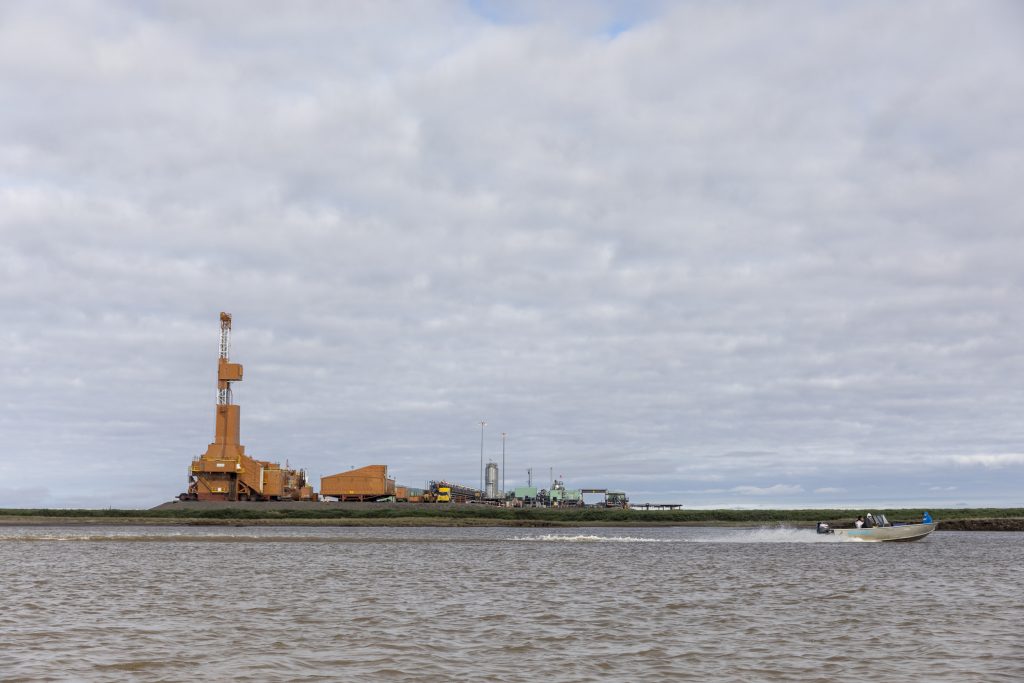
The disclosure of this information is also required by the National Environmental Policy Act (NEPA). NEPA requires that the agency make every effort to disclose and discuss in the draft EIS all major points of view on the environmental impacts of the alternatives, including the proposed action.
BLM must also respond to the critiques the City and Native Village of Nuiqsut provided. The agency must disclose all comments and discuss “any responsible opposing view which was not adequately disclosed in the draft [EIS) and shall indicate the agency’s response to the issues raised.” As the Memorandum on Uniform Standards for Tribal Consultation (Nov. 30, 2022) explains, “consultation requires that information obtained from Tribes be given meaningful consideration.” The memo also requires federal agencies to maintain a record of tribal input received and an explanation of how Tribal input influenced or was incorporated into the agency action. The SEIS reflects none of these obligations. We participated in the cooperating agency process with good will and exhaustive effort. Unfortunately, we now find it necessary to write publicly, outside of the process, so that you can hear our views directly.
II. The government’s management of the NPR-A stifles our voice and threatens our wellbeing
Federal officials ask why other North Slope villages do not outwardly state opposition this project. Those villages get some financial benefits from oil and gas activity but experience far fewer impacts than Nuiqsut. We are at ground zero for the industrialization of the Arctic. The SEIS suggests that to mitigate this imbalance, the NPR-A Impact Mitigation Fund could direct a minimum of 15% of the grant funding to the City of Nuiqsut. This hardly addresses the imbalance in costs and benefits within the North Slope Borough.
The politicians and proponents of oil development are correct that we get some money from oil development in the N PR-A. But think about the purpose of this money, and what we use it for. The very existence of the Impact Mitigation Fund suggests that it is somehow fair for industry to pass along the expenses of harm from oil development – and the responsibility for addressing them – onto us, as long as they’ve paid us to deal with them. How exactly is that considered a benefit to us? Anyhow, the life, health, and safety and the importance of tradition and culture could never be protected from one development with 15% of the funds available. No dollar can replace what we risk.
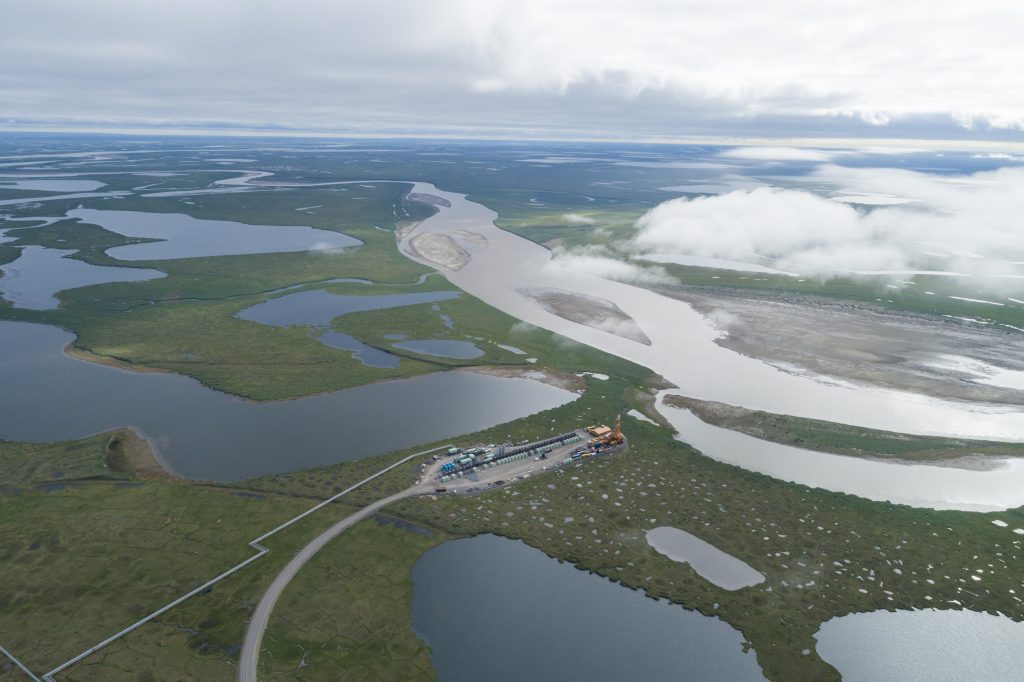
But an even bigger reason government officials do not hear all of the opposition that our people have to oil development is because the power of one of the largest companies in the world reaches into every community and household, and into the environmental review process itself, censoring what we say to one another in Facebook groups (which the company administers), censoring our reports of violations (because the company employs the observers), censoring our basic governmental functions (because the company’s charitable giving supports our city government)/ censoring our efforts to express our concerns (because the company organizes and controls the meetings to address these concerns), censoring scientific research (because the company controls, designs, and funds the studies), censoring information about the impacts of their activities (because the company controls, designs, and funds the monitoring and reporting), and censoring our attempts to teach our children how to become leaders and protectors of our land and culture (because the company designs and pays for school programs). The corporate power is so strong and pervasive, it seeped into the process of writing this very letter, which we were unable to finalize in its original form on behalf of the City and Native Village.
It seems that despite its nod to traditional ecological knowledge, BLM does not consider relevant the extensive knowledge and expertise we have gained over millennia, living in a way that is so deeply connected to our environment.
Packaged as suggested mitigation measures in the Willow SEIS, ConocoPhillips would pay for a small amount of our fuel (which we need to travel farther for hunting) and pay for greenhouses and food storage facilities for imported store-bought foods that are too expensive for us to buy anyway (because their activities are chasing our animals away). It would also provide funding to support our healthcare clinic (because their activities are causing us respiratory and other illnesses) and pay for a cultural center15 (because oil development is destroying our culture). It would pay us $250,000 for much needed search and rescue equipment the moment they begin project construction. Once the processing facility is built (which is designed to make Willow the next Prudhoe Bay of the North Slope), we’d get another $250,000 for search and rescue.
Do you know why our search and rescue needs have increased? Because climate change, caused primarily by fossil fuel development, has made our hunting and travel so much more dangerous. Do you know why existing sources of funding are inadequate? Because the State will only providing funding if we go through a pre-approval process (which is not possible when we’re responding to emergencies in the middle of the night or on weekends), because our tension with the North Slope Borough means that it has been less supportive of us than it could be, and because ConocoPhillips provides us with rescue vehicles that cannot be repaired in Nuiqsut and are therefore useless as soon as they break down.
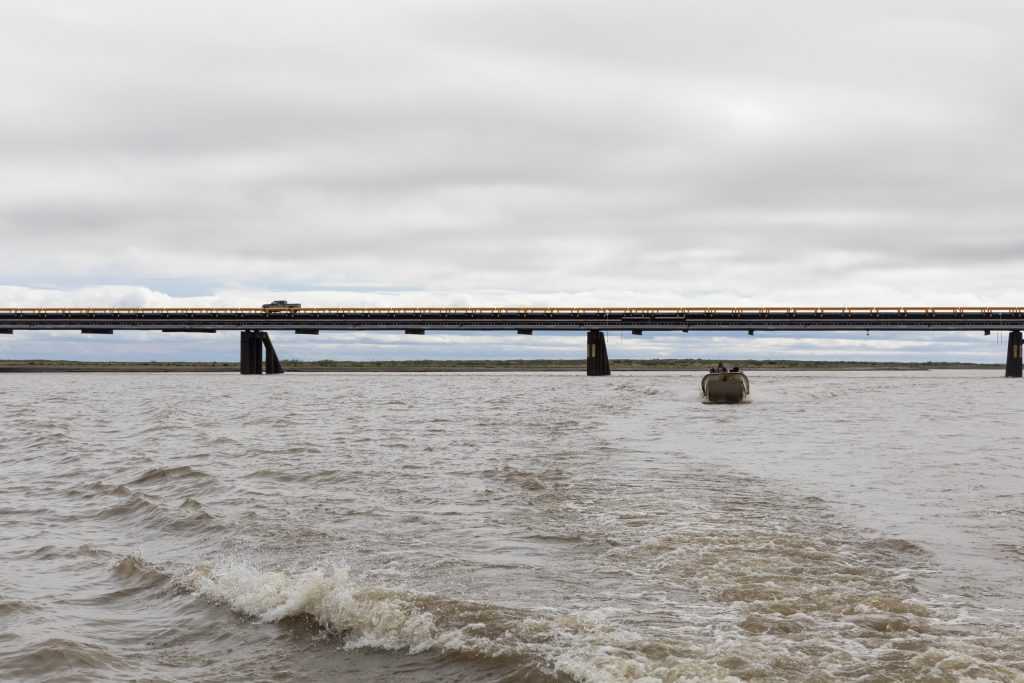
How can any of these measures be considered mitigation? They are payoffs for the loss of our health and culture. They are small gestures offered by a company that made $19 billion in profits last year.
Make no mistake. Our community needs financial support, scientific studies and monitoring, and economic development. We face dire threats to our lives daily, including epileptic seizures by children at school and no trained staff to respond, cancer diagnoses, food insecurity, respiratory failure, suicides, drug and alcohol abuse, and accidents that occur when we travel out on the land or on the sea. Many of these problems are caused by oil development, but these social impacts are not captured or adequately disclosed by the SEIS’s technocratic monetization of the social costs of carbon nor BLM’s brief description of health impacts.
We have fought to protect our life, health, and safety every step of the way, yet this is where we are. The government acknowledges there are problems, but industrial development is always allowed to continue.
Why is our only option to have ConocoPhillips fund the support we need? Why would any local, state, or federal government allow a company that is responsible for so many of our problems continue creating those problems? Why would any government continue to foster our dependence on a fading industry, instead of investing its attention, resources, and money in creating an economy that is ready for and will be competitive in a post-fossil fuel economy? This is the definition of environmental injustice. It is also the definition of corporate capture, where private industry uses its financial and political influence to provide essential government services and take control of government decision-making and oversight. This dynamic helps explain why BLM considers it “mitigation” to stop industrial traffic to protect caribou and their calves only after the agency has consulted with the company to assess the impacts this would have on operations.
Similarly, why does BLM consider such basic obligations as providing an adequate number of inspectors to ensure compliance and gaining site and road access for these inspections to take place as “mitigation” and not simply a core part of its responsibilities? With the financial and political power that create this dynamic, it is not hard to understand why the Mayor of the North Slope Borough, a staunch opponent of the last big development pressures we faced, supports this project. The City of Nuiqsut has had an open invitation to the North Slope Borough Mayor to visit us since the CD-1 gas leak. He has refused to come and discuss our concerns with us, yet he speaks on our behalf to state and federal lawmakers and decisionmakers.
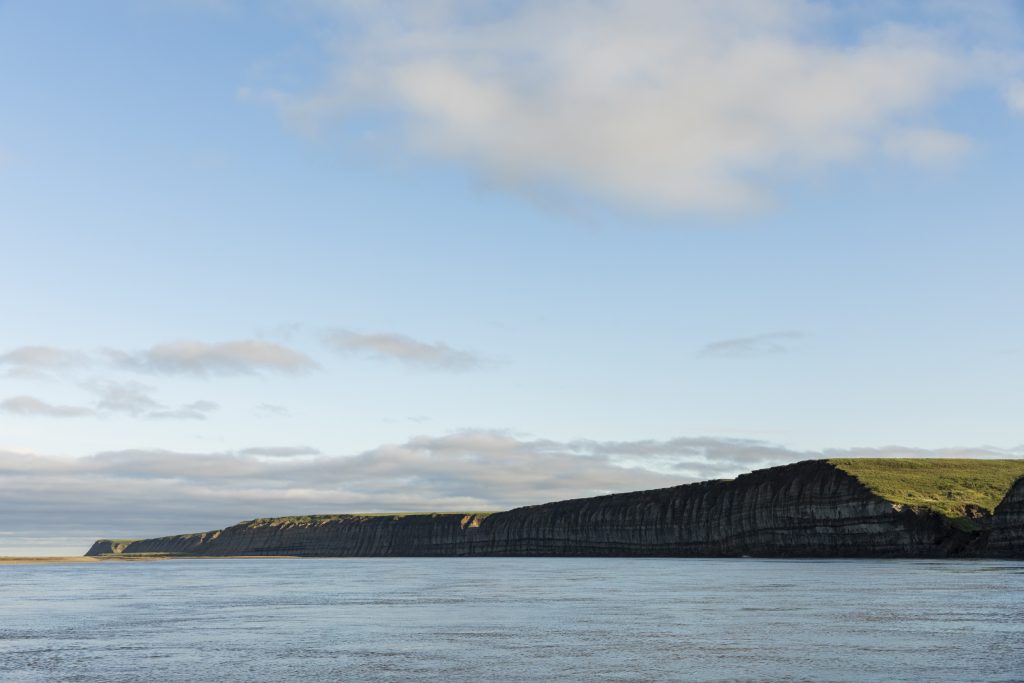
Another reason the government does not hear more about our opposition to this project is that we have expressed our concern for decades, but it has not made any difference. Many of us get discouraged and give up. We have gone through process after process, and the agency is always designing new mitigation, but the facts about what has happened to us and our land over this period are indisputable: the infrastructure has surrounded us, the caribou have left our traditional hunting grounds, and our mental and physical health has deteriorated. We have fought to protect our life, health, and safety every step of the way, yet this is where we are. The government acknowledges there are problems, but industrial development is always allowed to continue. Providing us with a process to explain to BLM how this development is harming us, without ever making any real decisions to prevent this harm, demoralizes and depresses us. The processes do not even maintain the pretense of addressing our concerns. They are only defenses of why the project should continue.
Finally, the government does not hear the full opposition to this project because we are told, “the government sold the leases, so this is going to happen anyway.” This constant refrain from the federal and state government and ConocoPhillips has penetrated the North Slope Borough’s position, so that even our own municipality does not defend us. The SEIS removes many of the legally flawed statements that reinforce this view, but it will take more than their elimination from this SEIS to undo the decades of damage that this incorrect interpretation of BLM’s authority has done to our voice. It is time for the administration to assert affirmatively and clearly that it has not only the authority but the obligation to protect us, and that the leases are, and always have been, subject to this obligation.
III. More durable protection for Teshekpuk Lake is necessary but will not sufficiently protect our village
The Department of Interior recently stated it would improve protections for the Teshekpuk Lake Special Area (TLSA). Maybe the administration will even defer the well pad proposed in TLSA (BT2). Protection of TLSA is essential but achieving stronger protection within these lines on a map cannot be made as a trade off for sacrificing Nuiqsut. The impacts of Willow would be almost entirely outside of the TLSA. Even one well pad is likely to deflect the spring migration, when caribou are headed to their calving grounds north of Teshekpuk Lake. This migration is imprinted on them, directing them to the place where they will most successfully give birth. Any deflection of this path will threaten their calving success and their population, as well as our nutritional, spiritual, and cultural connection to these animals. Even one well pad at Willow opens the door to western expansion, which BLM recognizes would be devastating for our land, water, air, and animals. Deferral of well pads for now will not stop the exponential industrial development that faces us.
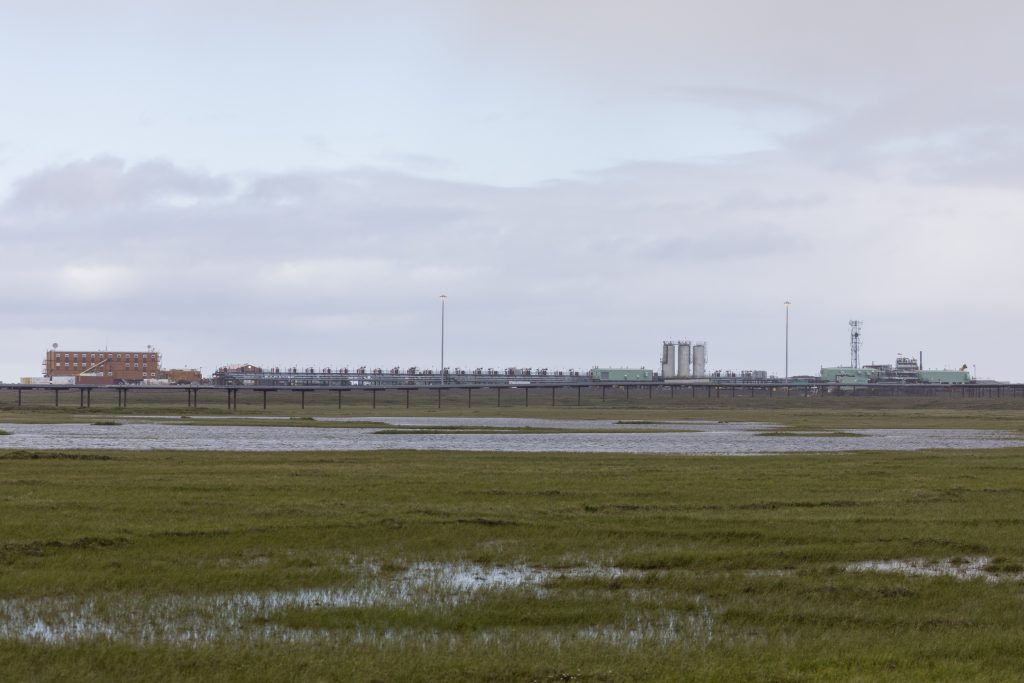
IV. The mitigation measures do not mitigate impacts; instead, they allow development to go forward and measure those impacts as they occur
Many of the SEIS suggested mitigation measures are designed to allow activity to go forward, and to simply study the additional impacts to our village and our resources as they occur. This mechanical approach to studying the harm we undergo feels like a form of human experimentation, especially since the administration is well-aware of the serious impacts to us from the oil development that has occurred thus far. BLM proposes to monitor impacts as they occur, but doesn’t identify any thresholds that would be imposed, or any actions that BLM would take if those thresholds were exceeded.
Most concerning are the measures that study our health while letting the project go forward. If BLM knows that our health is deteriorating, how can it in good conscience allow an activity to go forward which will make our health worse? Are we again the government’s chosen guinea pigs, in a modern-day Project Chariot? These measures propose to simply continue studying the impacts of contamination and pollution on our food, our air, and our water, while allowing the pollution to continue.
This is the definition of environmental injustice. It is also the definition of corporate capture, where private industry uses its financial and political influence to provide essential government services and take control of government decision-making and oversight.
Also deeply disappointing are the measures that would continue observation of activity that threatens our food security, while allowing that activity to go forward. BLM knows our village and others are struggling to put food on the table because of the industrial activity already occurring, and the agency is going to study how that gets even harder, as Willow goes forward.
BLM also recommends green lighting a project that it admits will contribute to climate change and studying those impacts are as they occur. The agency also proposes to measure the tundra damage from Willow, while allowing the project to go forward. These, too, have significant negative impacts on our community.
V. The SEIS does not analyze whether or to what extent the mitigation measures would be effective
Many measures would mitigate only part of the impacts and BLM does not explain how effective the measures would be, the basis for that determination, and what the remaining impacts would be. Many of them are also vague, which prevents any meaningful analysis of their effectiveness.
Finally, all the Required Operating Procedures (ROPs) can be easily waived, at the complete discretion of the local BLM office. Some of the ROPs are not even included in ConocoPhillips’ project design. The SEIS states that “some of these measures are similar to existing NPR-A LSs and ROPs or other requirements and are included to show the Project proponent’s commitment to adhering to them.” Does that mean that the ROPs that are not included in ConocoPhillips’ design features demonstrate the company’s lack of commitment to following them? For the design features that are similar, but not identical, to the SEIS ROPs, why has BLM not required ConocoPhillips to modify them, so that they align with the ROPs?
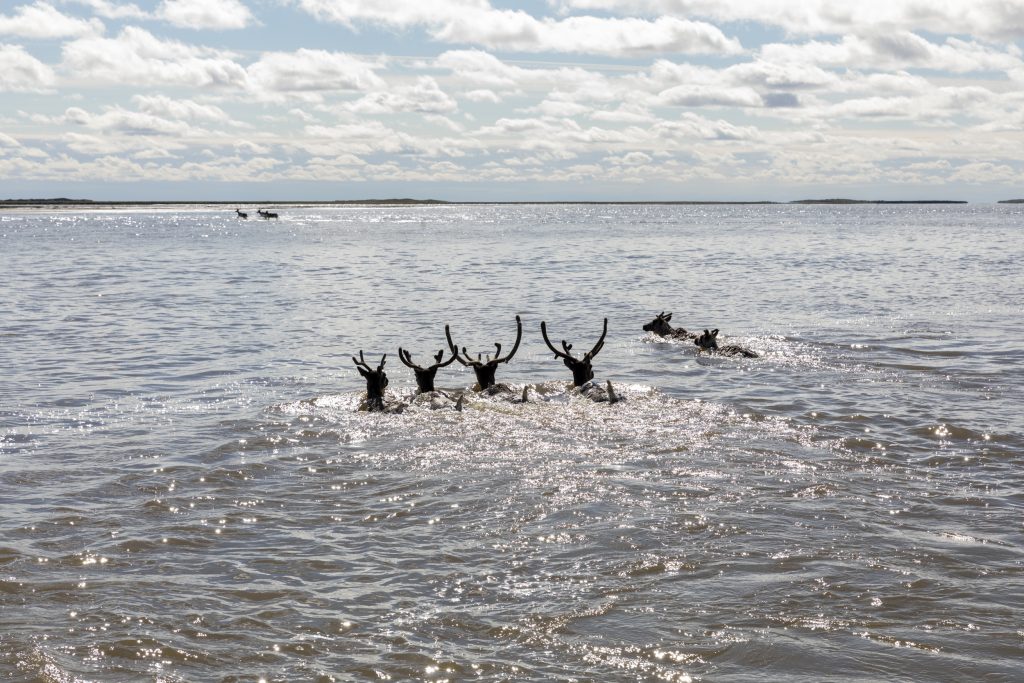
The environmental racism and injustice of oil development on the North Slope must stop. Oil development paid for our utilities, our schools, and so many other advancements we have benefitted from. But providing these services is the responsibility of our governments, not private corporations. And we have a right to these services whether we agree to hosting an industrial wasteland in our backyard or not. The municipal, state, and federal government must stop insisting otherwise by delegating this responsibility to the oil industry.
The government also has an obligation to protect us from the harms of the oil industry and must stop expecting us to sacrifice our own lives “in the national interest.” Fenceline communities have been asked to do so for too long, and environmental justice requires a new approach.